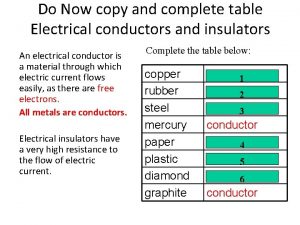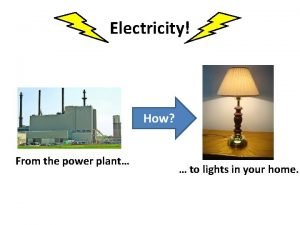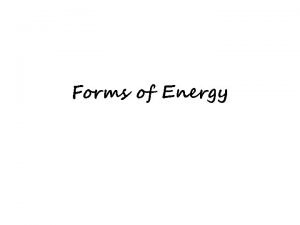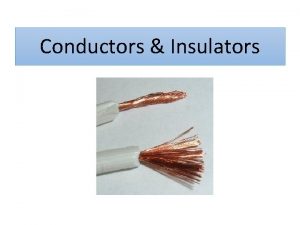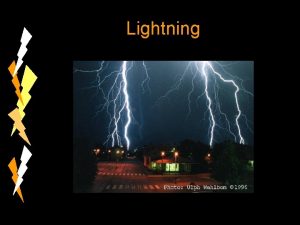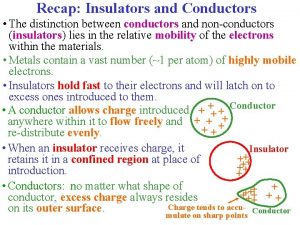Conductors and Insulators Materials Science Properties of Matter











- Slides: 11

Conductors and Insulators Materials Science: Properties of Matter © 2014 Project Lead The Way, Inc.

How to Read a Thermometer • A thermometer is a tool used to measure temperatures. 82°Farenheit Materials Science: Properties of Matter © 2014 Project Lead The Way, Inc.

How to Read a Thermometer • °C or °F? • For this lab use °F or Fahrenheit. • Room temperature is around 70°Fahrenheit or about 21°Celsius. • Water freezes at 32°Fahrenheit or 0° Celsius. Materials Science: Properties of Matter © 2014 Project Lead The Way, Inc.

Turn Up the Heat • We will use hand warmers to test the different materials. • Be careful with the warmers as they can become hot! Materials Science: Properties of Matter © 2014 Project Lead The Way, Inc.

Tips for Success • Use the same size sample for each material you test. • Make sure the material is between the hand warmer and the bulb of thermometer. Material samples: aluminum foil, paper, foam Materials Science: Properties of Matter © 2014 Project Lead The Way, Inc.

Tips for Success • Let thermometer measure the temperature for 2 minutes before you record the number. • Use the timer on the tablet to time the 2 minutes. • Let thermometer cool down after each test for at least 30 seconds. • Follow your teacher’s directions to complete Part 1. Materials Science: Properties of Matter © 2014 Project Lead The Way, Inc.

End Part 1 Materials Science: Properties of Matter © 2014 Project Lead The Way, Inc.

Conductors and Insulators • Conductors let heat flow through easily. – Metals like copper and gold • Stainless steel pots and pans conduct heat easily. Materials Science: Properties of Matter © 2014 Project Lead The Way, Inc.

Conductors and Insulators • Insulators resist the flow of heat. – Wood – Plastic – Oven mitts – Rubber • The plastic handle cover on a pan keeps it cool even if the pan is hot. Materials Science: Properties of Matter © 2014 Project Lead The Way, Inc.

Conductors and Insulators • The colder material absorbs heat from the warmer material. • Heat flows to the colder object. Heat flows from the room temperature bowl to the cold ice cream. After a few minutes, the bowl feels as cold as the ice cream. Materials Science: Properties of Matter © 2014 Project Lead The Way, Inc.

Bar Graph Title Temperature Materials Science: Properties of Matter © 2014 Project Lead The Way, Inc.
 Electricity conductors
Electricity conductors Pictures of conductors and insulators
Pictures of conductors and insulators Voltage formula
Voltage formula Table of conductors and insulators
Table of conductors and insulators Insulators and conductors
Insulators and conductors Study jams atmosphere
Study jams atmosphere What is charge
What is charge Five form of energy
Five form of energy Materials that can be useful and harmful
Materials that can be useful and harmful Grade 7 term 2 natural science
Grade 7 term 2 natural science Matter and materials (grade 7 worksheets)
Matter and materials (grade 7 worksheets) Natural science and technology grade 6 lesson plans term 2
Natural science and technology grade 6 lesson plans term 2



